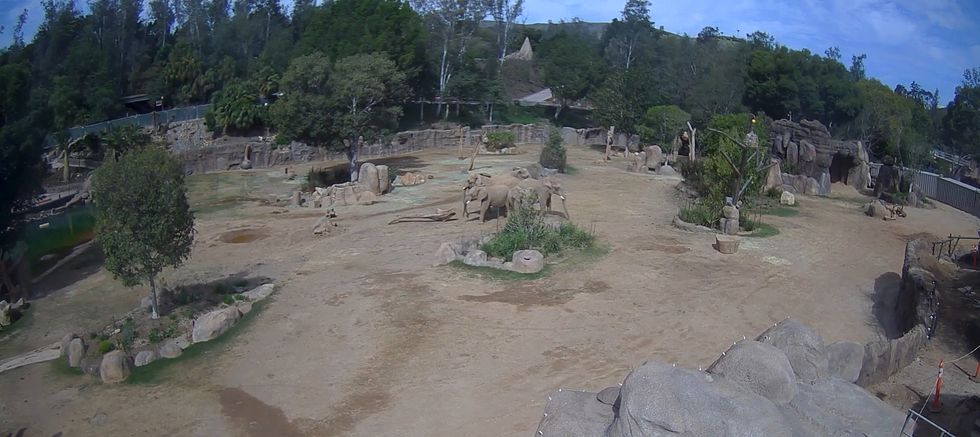Scientists delving into the unexplored regions of the Red Sea have uncovered perilous natural traps on the ocean floor.
They identified brine pools located nearly 4,000 feet beneath the surface of the Gulf of Aqaba. These pools are up to ten times saltier than typical seawater and have little to no oxygen, creating an environment that is lethal to any organism that ventures too close.
Experts believe these extreme underwater conditions could resemble the hostile environments of early Earth, offering a glimpse into the types of conditions where life might have first originated in the deep ocean.
The study, featured in Nature, provided a deeper look into this groundbreaking discovery. With only around 40 brine pools ever identified in the Red Sea, the Mediterranean, and the recently named Gulf of America, this finding adds a rare and significant layer to our understanding of such extreme underwater environments.
The brine pools serve as natural time capsules, safeguarding geological records from the Gulf of Aqaba's history, thanks to the untouched layers of sediment. These ancient layers could reveal evidence of past tsunamis, flash floods, and earthquakes that occurred thousands of years ago.
Remarkably, the pools are located in an area of the Red Sea traditionally associated with the biblical story of Moses parting the waters while guiding the Israelites to the Promised Land.
- YouTubewww.youtube.com
"The NEOM Brine Pools, as we name them, extend the known geographical range of Red Sea brine pools, and represent a unique preservational environment for the sedimentary signals of regional climatic and tectonic events," the researchers explained.
The research also proposed that these "death pools" could offer valuable insights into the quest to find extraterrestrial life.
This extreme ecosystem, one of the harshest on Earth, may mimic the environments of distant "water worlds" located far beyond our solar system.
Sam Purkis, a professor and chair of the Department of Marine Geosciences at the University of Miami, said: "Ordinarily, these animals bioturbate or churn up the seabed, disturbing the sediments that accumulate there,
"Not so with the brine pools. Here, any sedimentary layers that settle to the bed of the brine pool remain exquisitely intact."
Purkis and his team are eager to explore the untouched conditions of the brine pools, believing they hold the key to unlocking insights into ancient ocean environments. Their goal is to reconstruct past climate patterns and trace the long-term evolution of Earth's ecosystems over millions of years.
This article was originally published in February 2025
You may also like...
- Space discovery shows that the pyramids were built using ingenious method
- What is going on with the asteroid heading towards Earth - and should we be worried?
How to join the indy100's free WhatsApp channel
Sign up for our free Indy100 weekly newsletter
Have your say in our news democracy. Click the upvote icon at the top of the page to help raise this article through the indy100 rankings.














